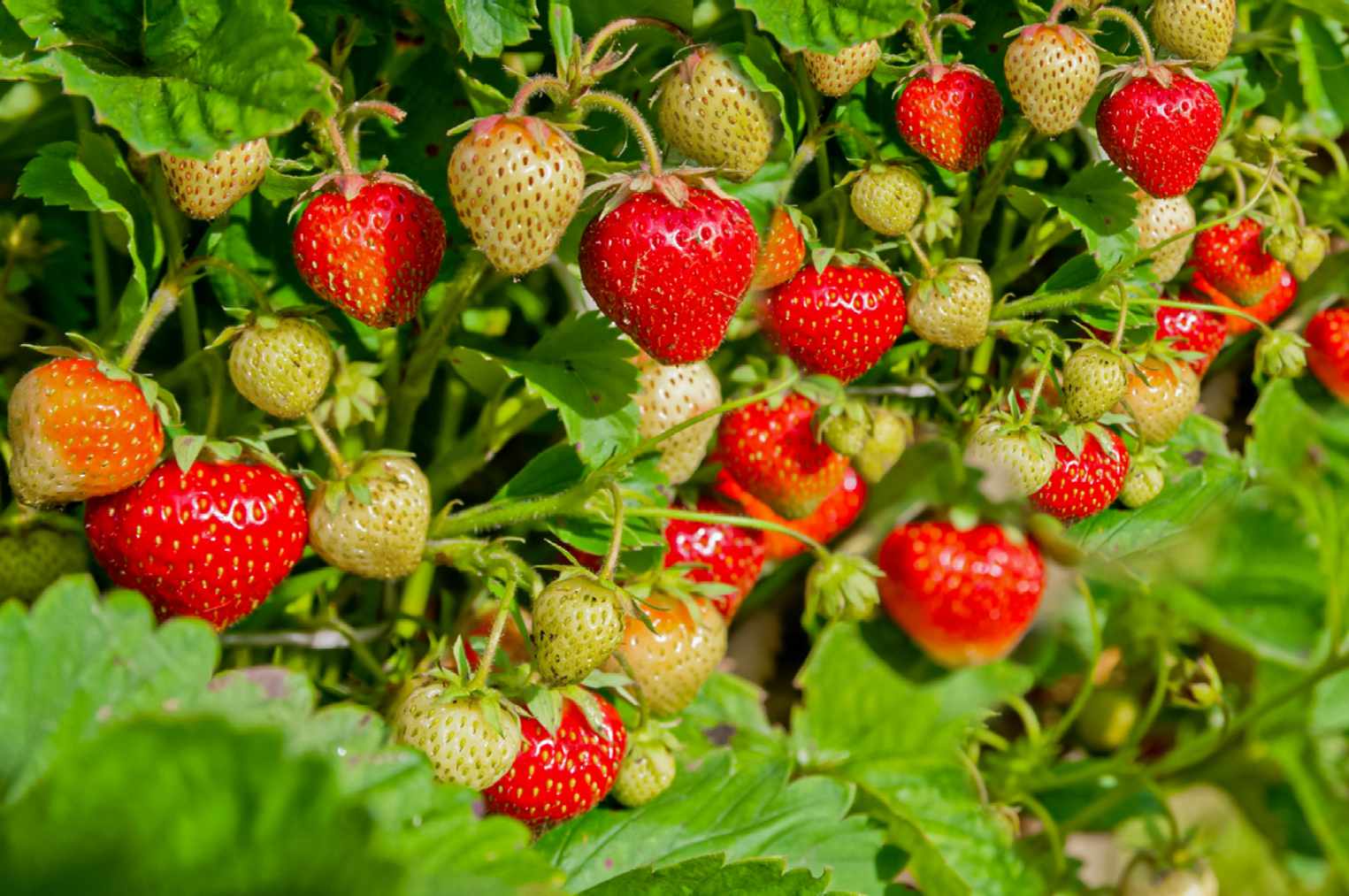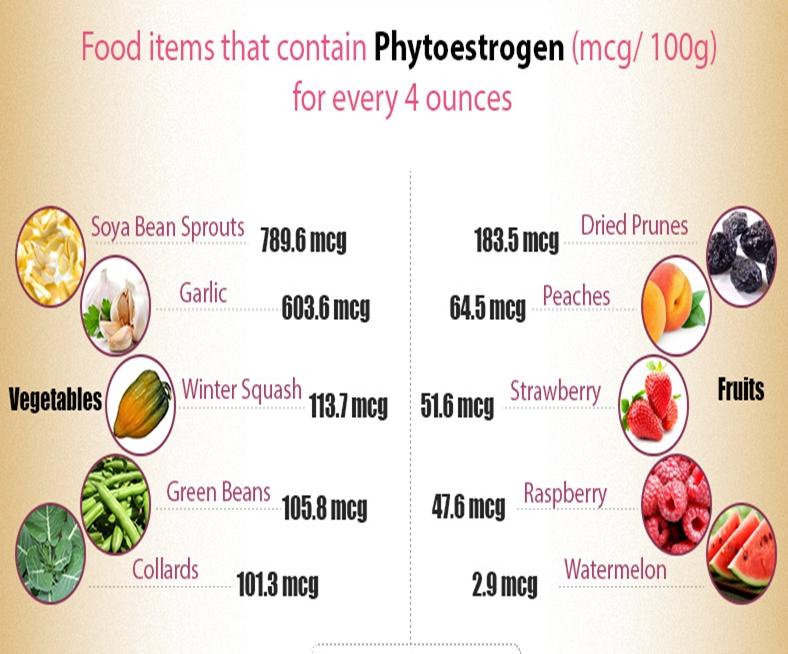Choose a Suitable Location:

- Select a site with well-draining soil, adequate sunlight, and protection from strong winds.
- Consider the plant’s specific needs, such as acidic or alkaline soil, and ensure the area meets those requirements.
Prepare the Soil:

- Test the soil pH and adjust it if necessary. Most fruits prefer slightly acidic soil (pH 6.0-7.0).
- Add organic matter, such as compost or manure, to improve soil structure and fertility.
- If the soil is heavy and compacted, consider raised beds or containers for better drainage and root growth.
Choose Healthy Plants:

- Purchase disease-free, healthy nursery stock from reputable sources.
- Inspect plants for signs of pests or diseases before buying.
- Container-grown plants can be transplanted year-round, while bare-root plants are best planted in the dormant season.
Planting:
- Dig holes slightly larger than the root ball or root system of the plant.
- Place the plant in the hole and backfill with soil, gently tamping down to eliminate air pockets.
- Water thoroughly to establish good soil-to-root contact.
- Follow the recommended spacing guidelines for your chosen fruit plant.
Watering:
- Water regularly, especially during dry spells, to maintain consistent soil moisture.
- Avoid overwatering, which can lead to root rot and nutrient leaching.
- Use mulch around the base of plants to help retain moisture and suppress weeds.
Fertilization:
- Apply a balanced fertilizer according to the plant’s specific needs and growth stage.
- Follow the recommended application rates and timing provided on the fertilizer package.
- Avoid over-fertilizing, as this can lead to excessive vegetative growth at the expense of fruit production.
Pruning:
- Regular pruning is essential for maintaining a healthy, productive fruit tree or bush.
- Prune during the dormant season to remove dead or diseased branches, control growth, and encourage fruit production.
- Consult pruning guides specific to your chosen fruit plant for detailed instructions.
Pest and Disease Management:
- Monitor your plants for signs of pests or diseases.
- Take appropriate action to control infestations or infections promptly using organic or chemical methods, as needed.
- Preventative measures, such as choosing resistant varieties, can also help reduce pest and disease problems.
Harvesting:
- Harvest fruits when they are ripe.
- Check the specific recommendations for your chosen fruit plant to determine the appropriate harvest time.
- Handle fruits carefully to avoid bruising or damage.
- Store fruits in a cool, dry place or refrigerate them for longer storage.
By following these steps and providing the necessary care, you can successfully grow delicious fruits in your garden and enjoy the rewards of your labor.










